In recognition of the first Timothy Syndrome Alliance (TSA) Annual Awareness Day on 1 October 2021, we welcome Sophie Muir, mother, Chair and Founder at TSA to talk about her experiences of this rare disease.
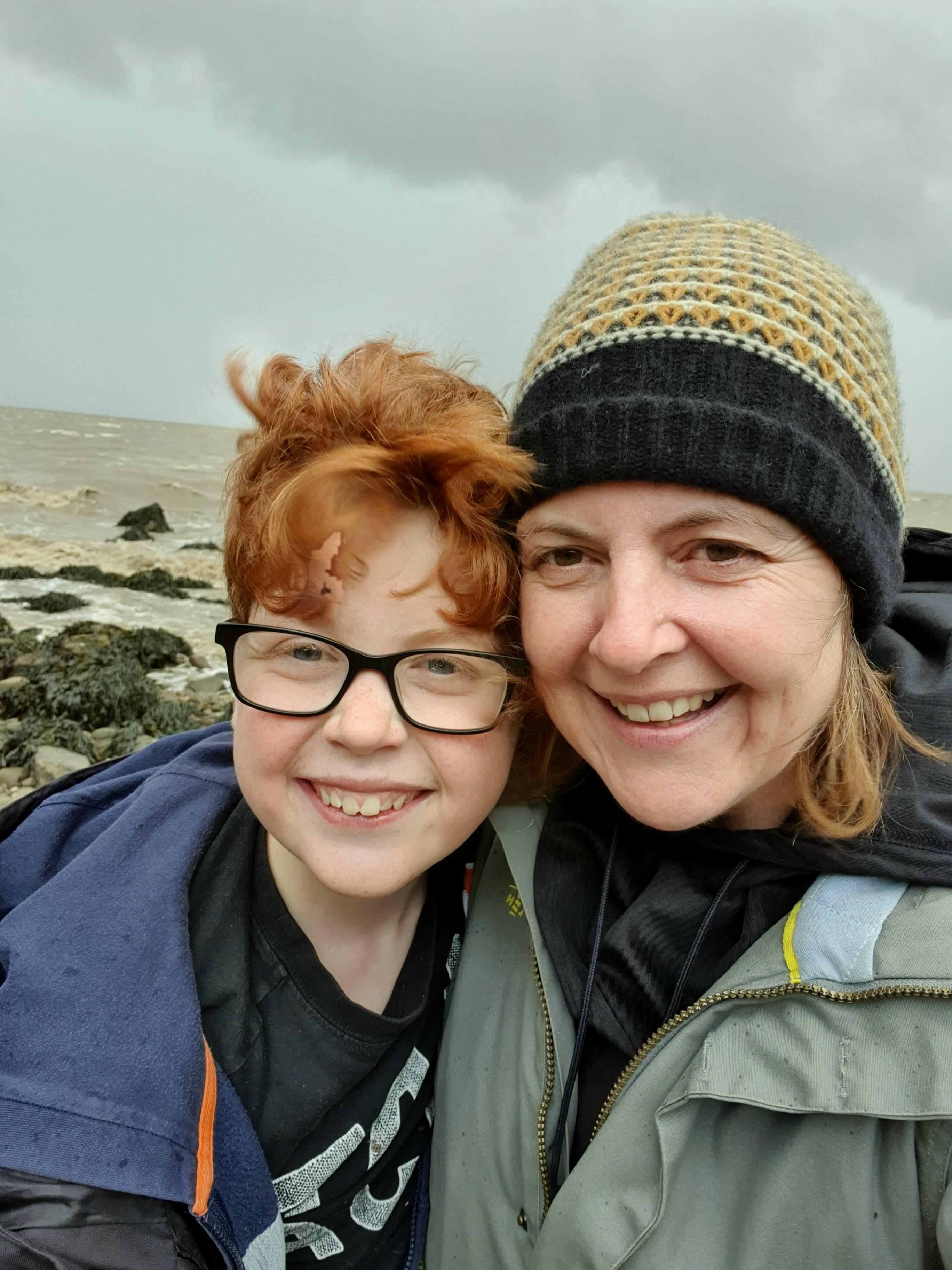
Rare disease as a jigsaw
As a mother of a child with a rare disease and a passion for advocacy, raising the profile of Timothy Syndrome and CACNA1C-related disorders, in addition to rare diseases more broadly, it occurred to me that what we are continually looking for is the next jigsaw piece.
What I didn’t know 14 years ago is that we wouldn’t find our first piece for nine years.
We knew something wasn’t quite right as Calvin, our now middle child, was missing developmental milestones. He was late smiling, didn’t babble, wasn't sitting up properly and wasn't walking. Calvin would express himself but he was very much nonverbal so he would use sign language or point, or use grunts or consonants, to try and get across what it was he wanted to do. Speech and Language therapy started but Calvin didn't speak until he was in his first year at primary school and then it was alongside Makaton sign language. Any pressure at all and he would go mute. He didn't do so well. Mainstream school was really kind. They tried everything they could to include him but it was starting to become a battle for the educational support he needed, something made all the harder because we didn’t have a diagnosis.
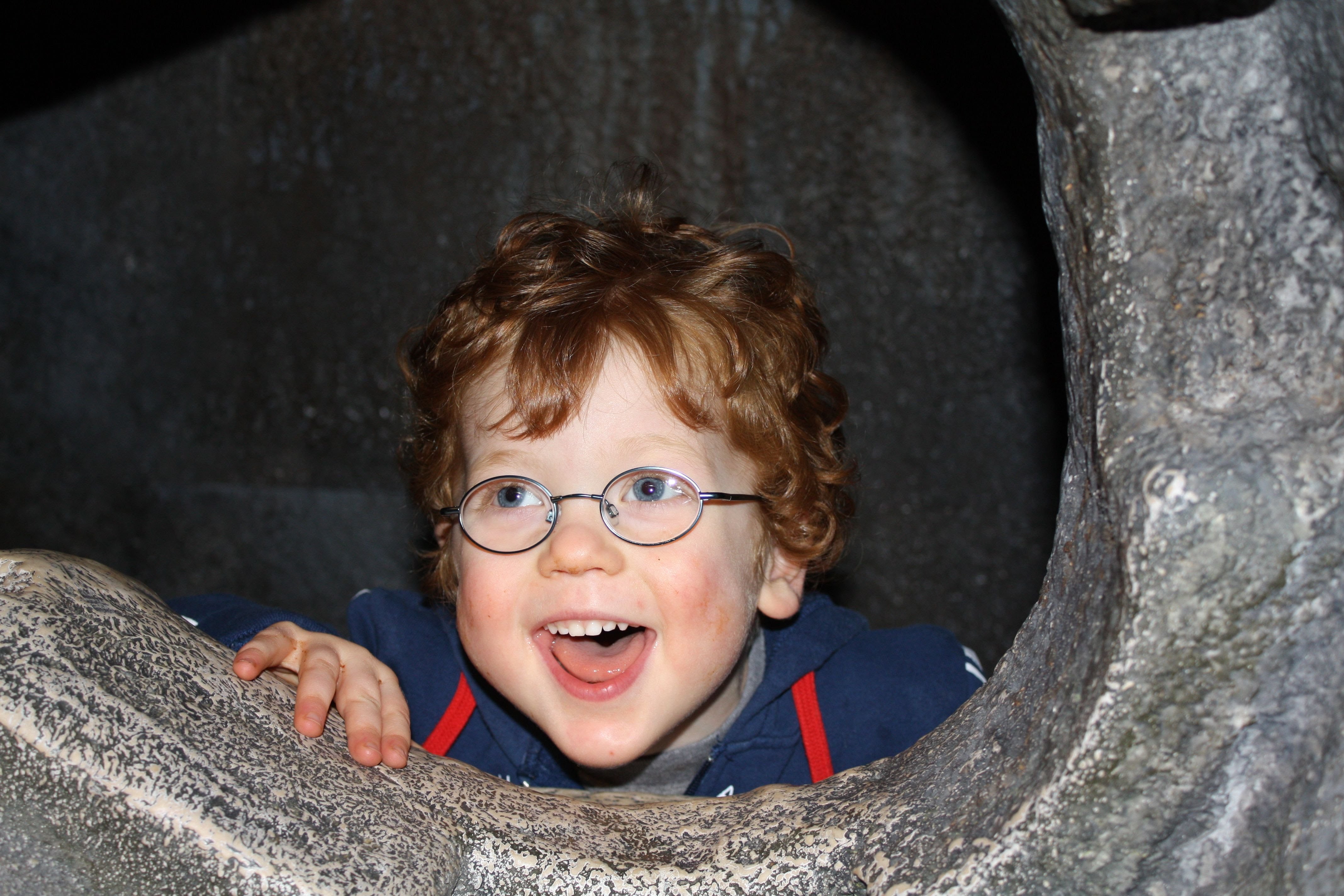
Lack of diagnosis
It was that not knowing that was the hardest bit. There was no support because there was no one who could pigeonhole it and no one could say what was happening with him. We didn't know what was going on. We didn't know how to react or what to do to make Calvin's life as productive or as easy as possible.
What we got was a bunch of specialists in lots of different departments - pediatricians, occupational therapists, neurologists, physiotherapists, speech and language and stammering therapists, optometrists and continence nurses to name a few, not to mention the parenting courses for challenging and problem behaviours - and so we were bounced from pillar to post. And that's what life is like for a child with no diagnosis that clearly has challenges at school and in his personal life as well.
Chromosome and DNA testing came back negative as did screens for Angelman Syndrome and Fragile-X. With tics and stammering developing at a pace and confirmation of Developmental Verbal Dyspraxia we had our first Clinical Geneticist appointment. With no immediate diagnosis springing to mind and with Calvin now 7 years old we were entered into the pioneering Deciphering Developmental Disorders (DDD) study.
The wait was interminable.
Genetic analysis leads to diagnosis
Life continued and in September 2016, just after Calvin turned 10 and we’d received confirmation that we had won our battle to get Calvin into specialist school, we received a letter from the Geneticist. It said the DDD study had identified a genetic change (a variant of uncertain significance) in a gene called CACNA1C which ‘probably was not related to his difficulties but potentially could be of significance’. That the gene was associated with irregularities in the heart rhythm and it ‘might be helpful for Calvin to have a cardiac assessment’.
So, following an ECG indicating Long QT and an Ajmaline challenge to eliminate Brugada Syndrome, a loop recorder (to record the electrical activity of Calvin’s heart) was implanted that Christmas.
Most commonly, disease-causing (pathogenic) variants in the CACNA1C gene are associated with cardiac conduction defects along a spectrum of severity. These include prolonged or shortened QT interval in the heartbeat, cardiovascular malformations, developmental differences, and/or unique physical features. Those with short QT are typically diagnosed with Brugada Syndrome, whereas those with Long QT and developmental features are diagnosed with Timothy Syndrome (Type 1 if found in G406R exon 8A and Type 2 if exon 8)/CACNA1C-related disorder. Many diagnosed children have an ICD (implantable cardioverter defibrillator) to monitor heart rhythm so if it suddenly became dangerously fast and potentially life-threatening (cardiac arrest), it delivers a small burst of electrical current to reset the heart’s electrical system. Some CACNA1C-related disorder patients do not present with Long QT.
With confirmation of the gene change soon followed by the 100,000 Genomes Project results our diagnostic odyssey was over it seemed and we had our first jigsaw piece – CACNA1C.
The CACNA1C gene provides instructions that help make one of the calcium channels the body uses for cell to cell communication. These channels transport calcium ions to generate small electrical signals in the body. These electrical signals allow for neural messages, muscle contraction, gene regulation, and even brain and bone development. The CACNA1C gene’s involvement in producing calcium channels is thought to be most important for heart cells and nerve cells in the brain. When these calcium channels open and close in the heart, they regulate heartbeat and heart function. In the brain, these channels are thought to be related to memory, fear response, and brain communication, though we are still learning more about their specific role.
It became obvious very quickly that in order to complete this jigsaw in our search for answers we needed to find more pieces… in this case more families.
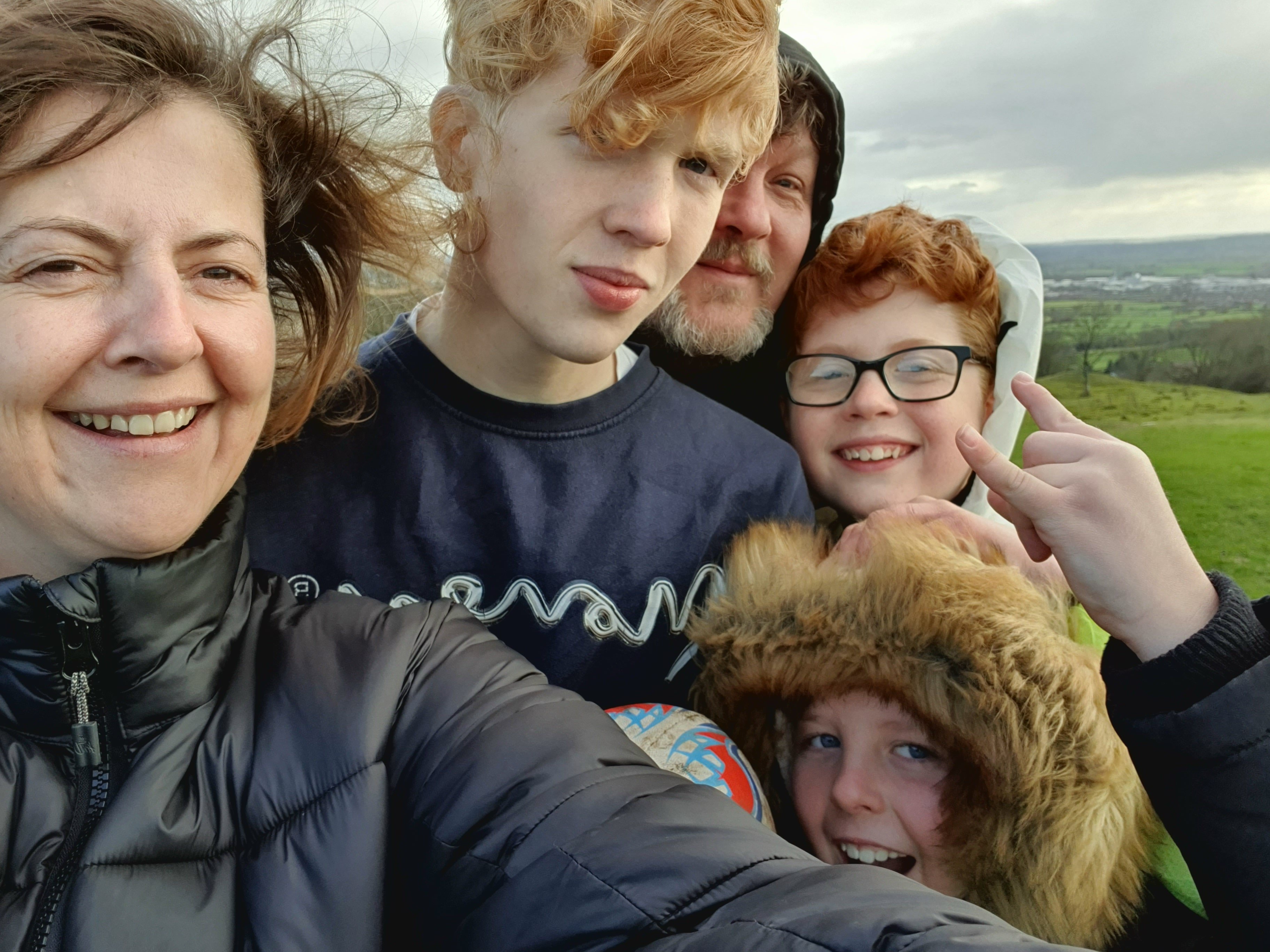
The Timothy Syndrome Alliance (TSA)
It’s nearly two years since we registered Timothy Syndrome Alliance (TSA) as a Charitable Incorporated Organisation in the UK. Our mission is to improve the diagnosis, treatment and care of children with Timothy Syndrome and all other deleterious CACNA1C gene changes, and to support the families of those diagnosed. Key corner jigsaw pieces are being established such as researchers, collaboration with policy influencers, experts in the medical community and presence online and via social media through our website and awareness films.
As a result of raising awareness we have successfully signposted and welcomed 38 new families to our support group, a significant increase on the 43 living cases we knew of back in 2019. With Katherine Timothy (after whom Timothy Syndrome was named) and Andy Golden (Senior Researcher Molecular Geneticist NIH) on our team we are working on our patient registry and we have a published paper ‘Update on the Molecular Genetics of Timothy Syndrome’.
What I find the most exciting is that we have enough families now to carry out a Natural History Study. Only through a comprehensive survey of affected Timothy Syndrome and CACNA1C-related disorder families will the medical community gain a more complete understanding of this complex CACNA1C gene. The TSA community is strong and determined as can be seen by the 92% response rate to the surveys. We have 74 families involved with this study (and another 31 others from the literature) ranging from birth to 30 years old (our oldest individual) covering approximately 90% of all known cases of Timothy Syndrome and deleterious CACNA1C-related disorder patients known globally.
Advances in genomic analysis
The availability of comprehensive testing like whole exome sequencing has identified a wider spectrum of physical presentation associated with changes in the CACNA1C gene. Phenotypes include cardiac, severe epileptic encephalopathy, hypoglycaemia, developmental delay / intellectual disability, hypotonia, digestive issues, autism spectrum disorder/ADHD, dental issues, syndactyly and/or hip disorders. Make no mistake, this is an incredibly complex and important gene.
The variant found in Calvin was new (de novo) to his DNA, meaning it was not inherited from either myself or my husband. This meant that the chances of Calvin’s older and younger brother being diagnosed with a CACNA1C-related disorder was very low. Within our TSA families we have cases of germline mosaicism, where only a few of a parent’s egg or sperm cells are affected. CACNA1C-related disorders are an autosomal dominant condition, meaning only one pathogenic variant on one copy of the gene is sufficient to cause symptoms of the condition.
With the advances of genomic analysis and the interpretation of data unlocking clinically relevant information we now have more pieces of our jigsaw, although the jigsaw is far from complete. There is much more to do to educate. The earlier a patient is diagnosed the better the clinical outcome and the shorter the diagnostic odyssey. Our Natural History study will be so helpful in this regard.
As Katherine Timothy very recently said to me ‘we are yet standing at the threshold of future knowledge and understanding…a wonderful place to be!!!’
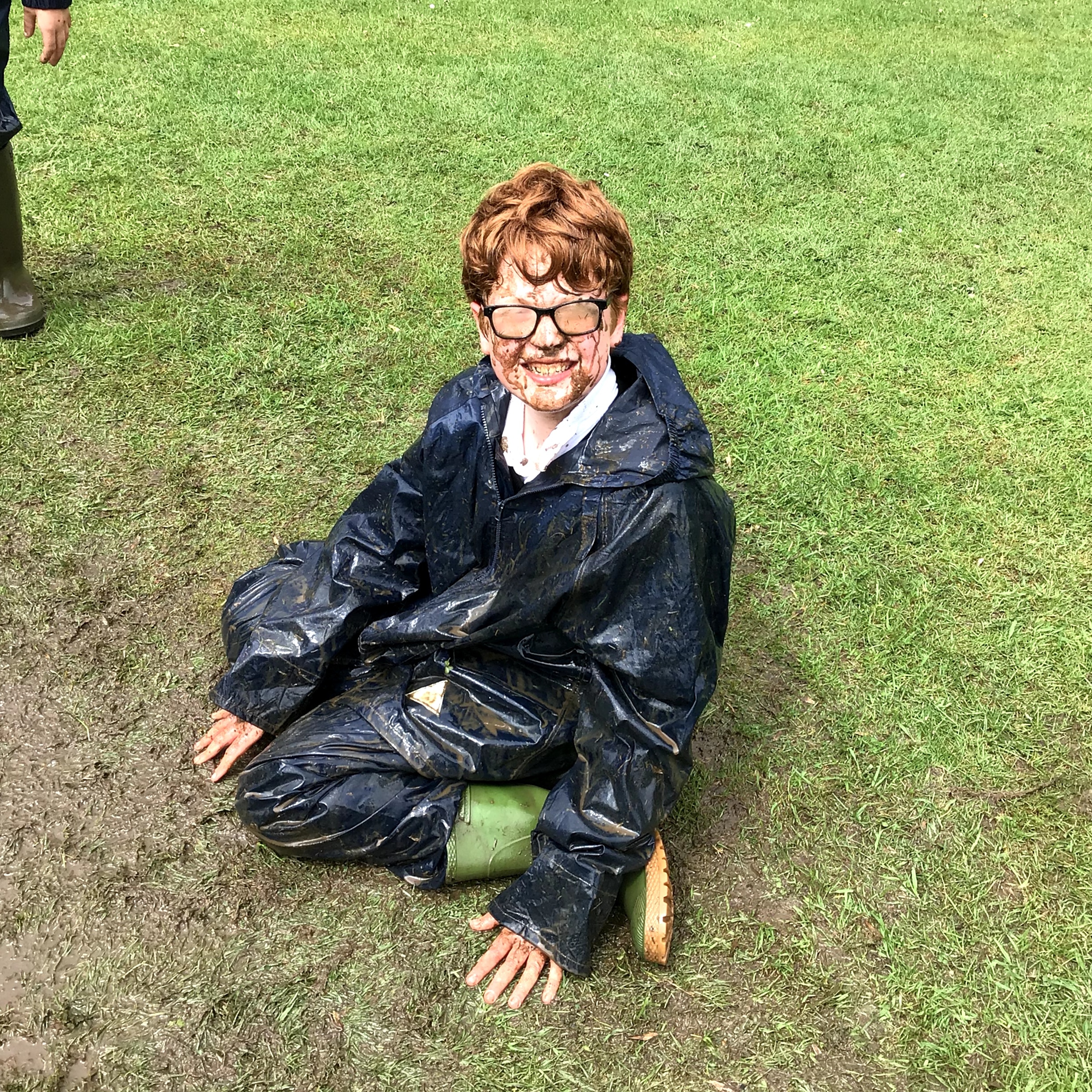
Raising awareness of Timothy Syndrome
Our first TSA annual Awareness Day will be celebrated on the 1st October, a significant date in recognition of the first published paper by Katherine Timothy on Timothy Syndrome in 2004. #TSAwareness2021 will be a day dedicated to spreading awareness of Timothy Syndrome and CACNA1C-related disorders among the general public and the medical community.
For more information, visit Timothy Syndrome Alliance
Patient Advocacy and Engagement at Congenica
A desire to improve the lives of people living with rare and inherited diseases is central to everything we do at Congenica, and our patient advocacy and engagement initiative aims to ensure the patient voice is heard loud and clear inside the company.
We also want to help patients navigate often confusing and disparate information by providing educational materials that are trustworthy and helpful. Our aim is to ensure patients, clinicians and researchers understand the patient journey from referral, through diagnosis and beyond.
We strive to help ensure all parties understand the strengths and current limitations of genomic medicine as well as ensuring we work together to realize the full benefits that the genomic revolution promises.
To keep up to date with our news, including the latest blogs, sign up to our Patient Advocacy and Engagement newsletter.
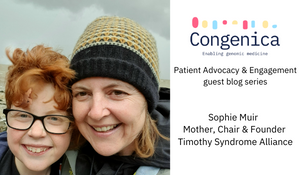

.png?width=320&height=192&name=Untitled%20design%20(8).png)
.png?width=320&height=192&name=Since%202016%2c%20the%20number%20of%20women%20working%20in%20STEM%20fields%20in%20the%20UK%20has%20increased%20by%20216%2c552%2c%20taking%20the%20total%20number%20over%20the%201%20million%20mark%20for%20the%20first%20time.%20Women%20now%20make%20up%2024%25%20of%20the%20STEM%20workforce%20i%20(2).png)
-1.png?width=320&height=192&name=Deciphering%20Developmental%20Disorders%20(1)-1.png)